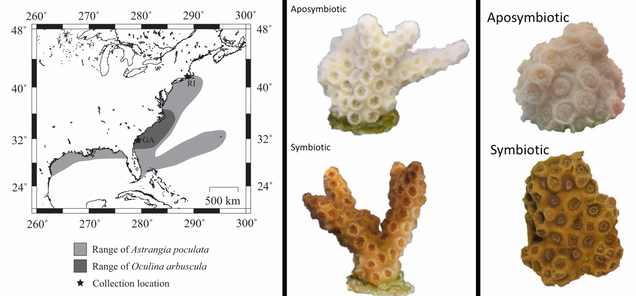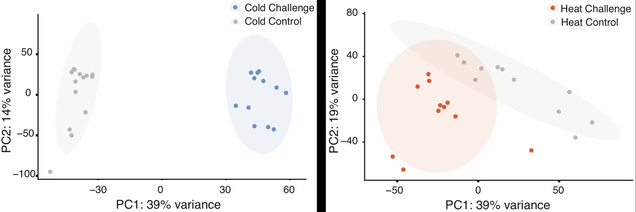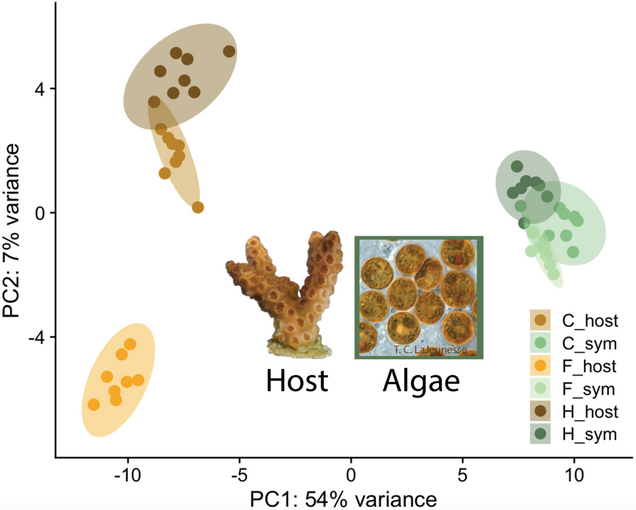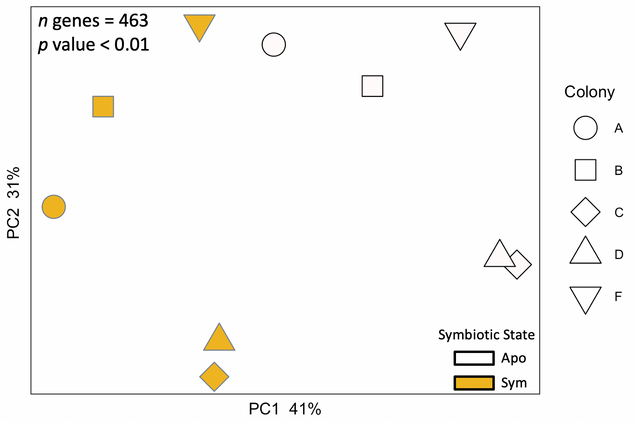Coral Symbiosis
 In collaboration with the Gilmore lab, the Davies lab has acquired NSF funding to explore the role of transcription factors, specifically NFkB, in cnidarian immunity, symbiosis, and bleaching.
In collaboration with the Gilmore lab, the Davies lab has acquired NSF funding to explore the role of transcription factors, specifically NFkB, in cnidarian immunity, symbiosis, and bleaching.
As coral bleaching episodes increase in frequency worldwide, understanding the mechanisms behind how coral symbiosis is established, maintained and lost is paramount. Interestingly, not all corals exhibit obligate symbiosis and instead, their relationship with their symbiotic algae is context-dependent and their survival does not depend on their continued association with their symbiont. Corals that exhibit this type of symbiosis are called facultatively symbiotic and these species can be found naturally along a gradient from aposymbiotic (unpigmented) to symbiotic (pigmented). The symbiotic algae of these species (Breviolum psygmophilum) can also be cultured and maintained in the lab. These facultative corals therefore allow for the unique opportunity to uncouple the biology of the coral host and their algal symbiont in and out of symbiosis.

Led by PhD candidate Dan Wuitchik, we are leveraging facultative corals to understand how photosymbiosis mediates the response of the host to different temperature stressors. In his first study, we subjected aposymbiotic Astrangia poculata to divergent stressors (cold, hot) in two separate experiments and found that these challenges elicited convergent stress signatures, which were consistent with stress responses of tropical symbiotic coral species.

Additionally, led by PhD candidate Hannah Aichelman, we are using these same facultative corals, along with cultures of B. psygmophilum, to understand the independent gene expression responses of both partners under thermal extremes.

Led by Postdoctoral Associate Hanny Rivera, we are using facultative corals to investigate the cellular and immunological mechanisms that underlie symbiosis establishment, maintenance and loss. We used RNAseq to compare aposymbiotic and symbiotic branches of the same colony and have found upregulation of genes associated with immune functions in aposymbiotic branches. These data suggest that symbiosis leads to host immunosuppression. We are now developing single cell RNA sequencing techniques to generate cell-specific gene expression profiles in corals in and out of symbiosis.
